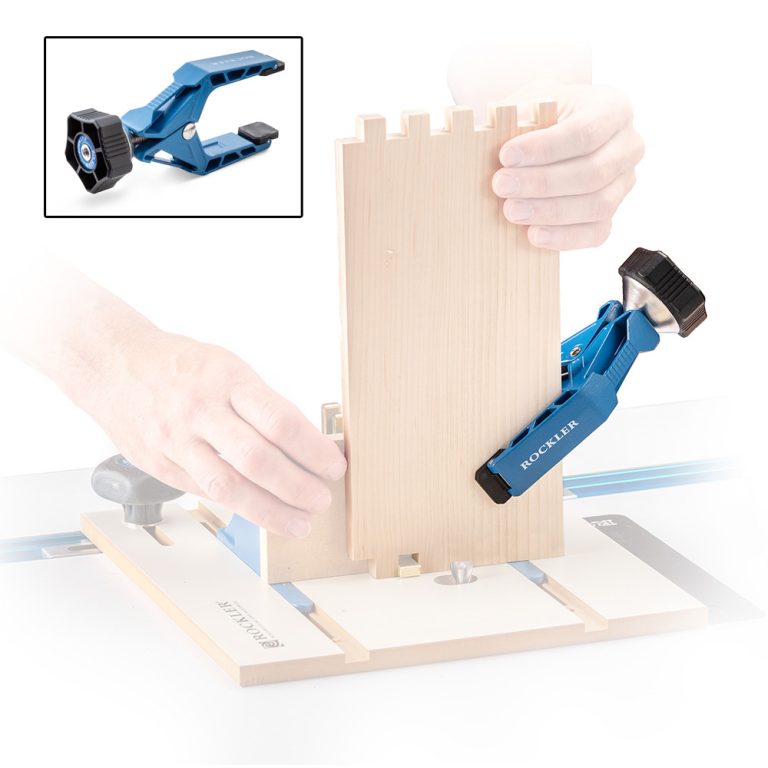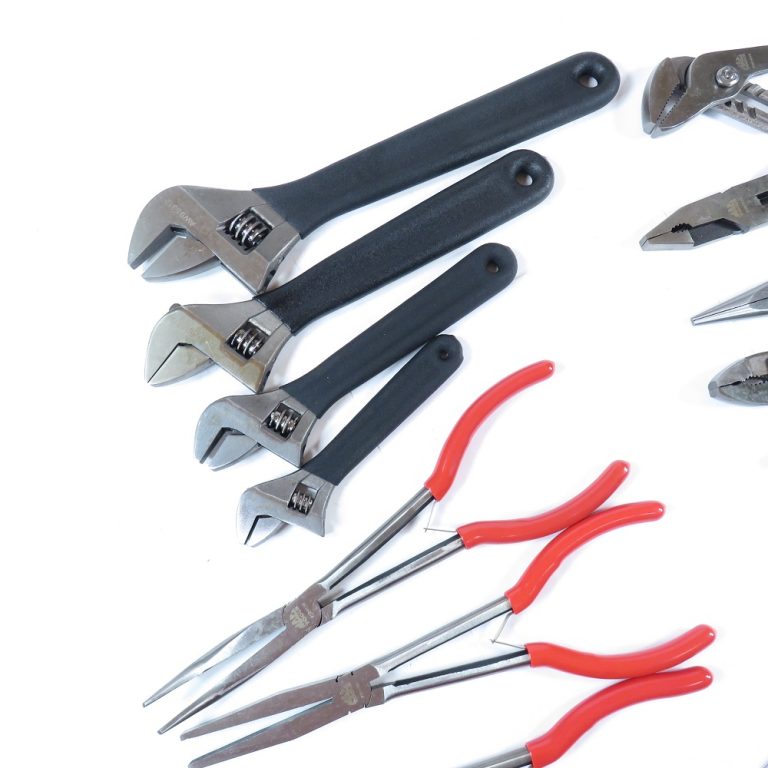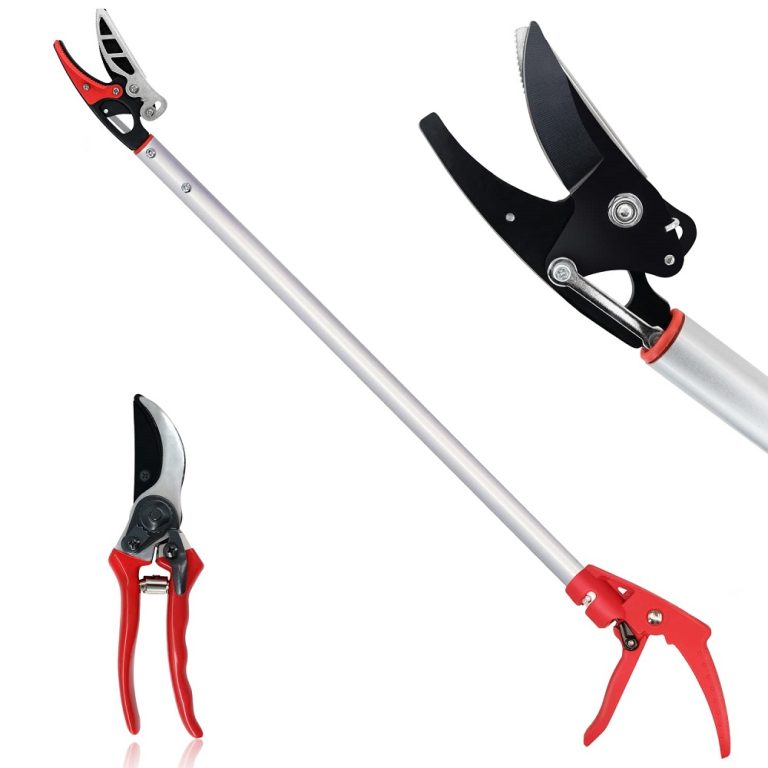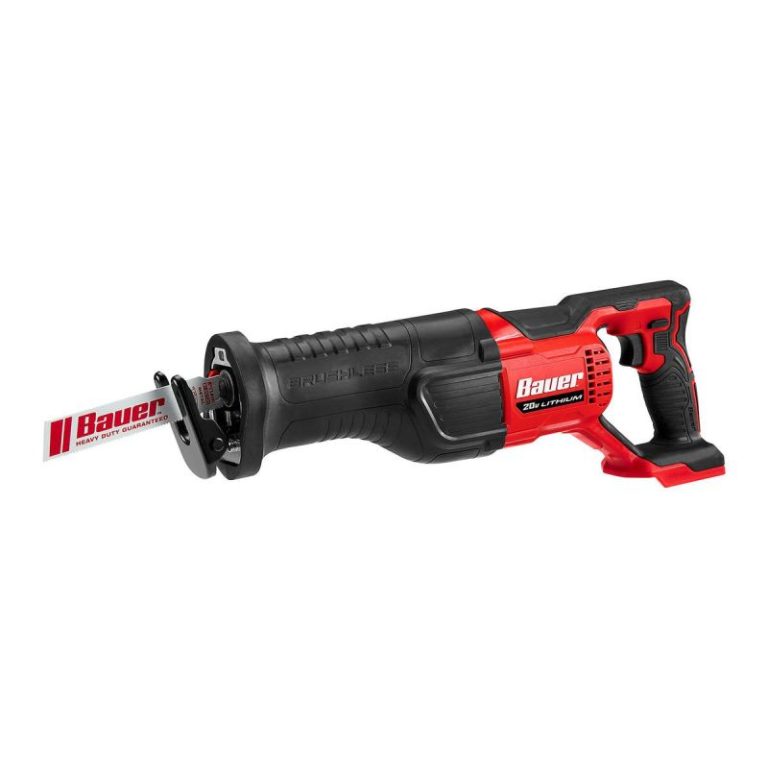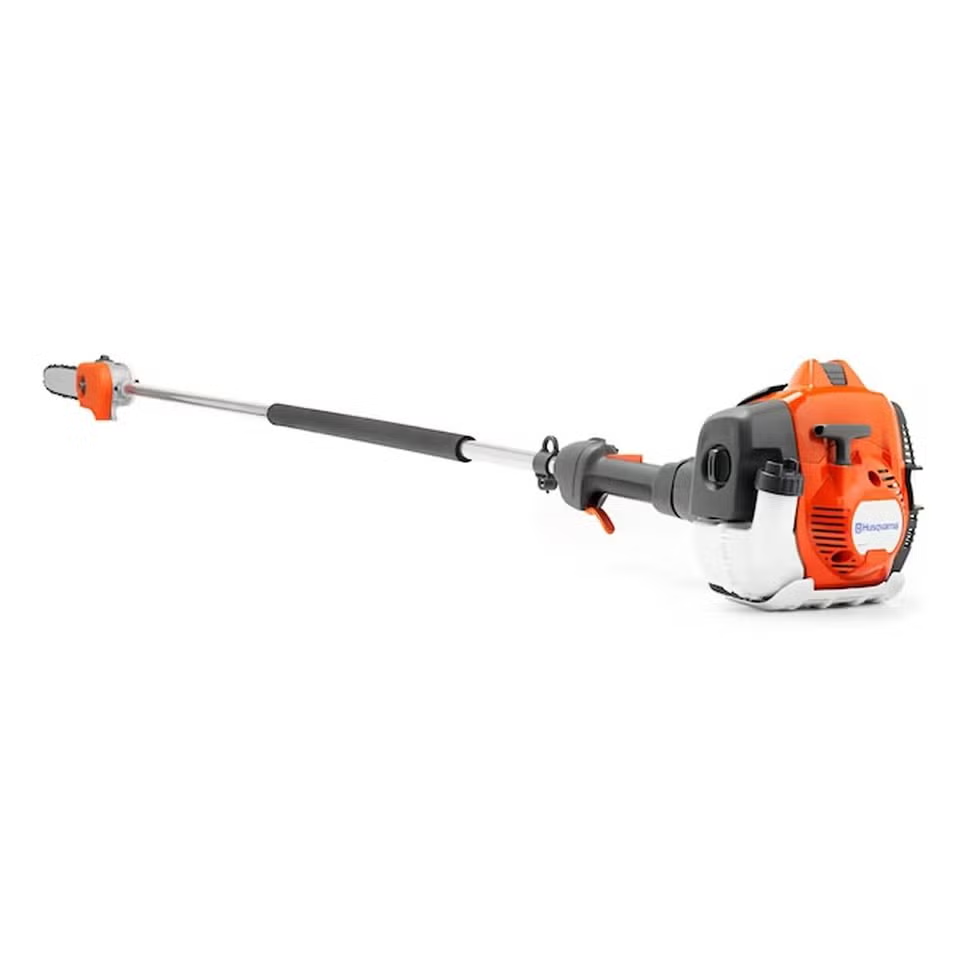Introduction to Masonry Saws
Masonry saws are vital tools in construction and renovation. These powerful tools cut through brick, stone, and concrete with precision. When selecting a masonry saw, consider the project size and the material. For smaller jobs, a handheld saw is portable and convenient. Larger projects may require a stationary saw for stability and power. Both types come with electric or gas-powered engines.
Masonry saws use abrasive blades or diamond blades. Abrasive blades are cheaper but wear out faster. Diamond blades are more costly but last longer and cut smoother. Regardless of the project, using the correct blade ensures efficiency and safety. As you work with these tools, remember that safety comes first. Wear protective gear and follow the manufacturer’s guidelines. Proper use and maintenance keep the saw in good condition, extending its service life and performance.
Masons and DIY enthusiasts alike depend on masonry saws for quality cuts. With the right saw, you can achieve professional results every time. In the following sections, we will explore the different types of masonry saws available, how to choose the right one for your project, safety practices, maintenance tips, and more. Stay tuned.

Types of Masonry Saws
When tackling projects that require cutting through tough materials, knowing the types of masonry saws available is crucial. Here’s a brief overview of the most common types:
- Handheld Masonry Saws: These saws provide mobility and are best for smaller projects or tight spaces. They often have a dust extraction feature to reduce airborne particles.
- Tabletop Saws: These saws are more stable and can handle larger materials. They are ideal for precise, straight cuts and are typically stationed in one spot.
- Walk-Behind Saws: For extensive, heavy-duty projects, walk-behind saws are the go-to. They can handle deeper and longer cuts in tough materials.
- Ring Saws: These saws have a circular blade, great for making deep, clean cuts. They offer more depth without an overcut and are commonly used for complicated cuts.
- Wall Saws: Wall saws are mounted on the surface being cut for vertical or horizontal cuts. They work well for creating openings in walls or removing sections of concrete.
Each type of saw accommodates different job requirements and user preferences. Whether it’s a simple home improvement task or a large construction job, masonry saws make the work much easier. For effective cutting performance, choose the saw that matches your project’s specific needs.

Choosing the Right Masonry Saw for Your Project
Choosing the right masonry saw is essential for your project’s success. Whether you’re a professional or a DIY enthusiast, picking the appropriate tool can be daunting. To make the choice easier, focus on the scale and the specifics of the work you’re undertaking.
Here are some vital considerations to guide your selection:
- Assess the Project Scope: Consider the size of the project. Handheld saws suit small tasks, while walk-behind saws serve better for larger endeavors.
- Material Matters: Different materials like brick, stone, or concrete require specific saw types. Diamond blades are great for all, but ensure they fit the saw you pick.
- Power Source Preference: Decide between electric and gas-powered. Electric saws offer convenience and less noise, while gas-powered saws provide portability and more power without the need for electrical outlets.
- Cutting Depth and Precision: Need deep, precise cuts? Choose a saw that caters to the depth and accuracy your project demands.
- Budgeting for Blades: While abrasive blades are less expensive, they wear out quickly. If your project is large-scale, investing in diamond blades will be cost-efficient in the long run.
- Portability Needs: If the project requires movement, a lightweight handheld saw is ideal. For stationary work, tabletop saws are more appropriate.
Always double-check the saw’s compatibility with the job at hand. The right masonry saw will enhance efficiency, precision, and safety in your project, ensuring you achieve professional results. Keep in mind the maintenance needs and wear and tear these saws might endure. Investing wisely will lead to a reliable tool that lasts beyond the current project.

Safety Tips for Operating Masonry Saws
When operating masonry saws, safety should always be your top priority. Here are vital guidelines to ensure your protection while handling these powerful tools.
- Read the Manual: Begin with the manufacturer’s instructions. Know your saw’s features and how to use them.
- Wear Safety Gear: Always wear goggles, masks, gloves, and ear protection. Dust and debris can be harmful.
- Inspect the Saw: Before each use, check for damage or wear. Replace faulty parts immediately.
- Secure the Material: Ensure the material you’re cutting is firmly in place. This prevents accidents from shifting pieces.
- Use Both Hands: Maintain control with both hands on the saw. This steadies your cutting and enhances safety.
- Keep a Clean Workspace: Remove clutter around your work area. A tidy space reduces tripping hazards.
- Monitor Blade Condition: Sharp blades make for easier cuts. Replace them when they dull to avoid forcing the saw.
- Avoid Water Near Electrical Units: If using an electric saw, ensure the area is dry to prevent electric shocks.
- Follow Proper Starting Procedures: Start the saw correctly to reduce kickback risks. Never force it to start.
- Be Mindful of Others: Keep colleagues at a safe distance. Be aware of who’s around you when sawing.
Following these tips will minimize the risk of accidents and enhance your overall safety when using masonry saws. Remember to stay vigilant and always put safety first while handling such equipment.
Maintenance and Care of Masonry Saws
Taking good care of your masonry saws is vital for their longevity and performance. Here are some essential tips for maintaining and caring for your masonry saw:
- Clean Regularly: After each use, remove debris and dust from the saw. This prevents build-up and ensures smoother operation.
- Inspect Blades: Check blades for wear and damage. A sharp blade cuts effectively, while a dull one can be dangerous.
- Lubricate Moving Parts: Oil the saw’s moving parts to reduce friction. This step helps to prevent overheating and wear.
- Check for Wear: Look over the saw’s components. Replace parts that show signs of wear before they break down.
- Tighten Loose Bolts: Ensure all bolts and fittings are tight. Loose parts can cause the saw to malfunction.
- Store Properly: When not in use, store the saw in a dry, safe place. Moisture can cause rust and damage.
- Follow Service Intervals: Adhere to the manufacturer’s service schedule. Regular servicing keeps the saw in top condition.
- Use Correctly: Only use the saw as intended. Misusing it can lead to damage or a shortened lifespan.
By following these maintenance guidelines, your saw will stay in great shape and be ready for any job. Remember, keeping your masonry saws maintained is as important as choosing the right one for your project.

Best Practices for Cutting Different Materials
When using masonry saws, knowing the best practices for cutting different materials is key to achieving optimal results. Here’s how to tailor your approach for common construction materials:
Cutting Brick
- Choose the Right Blade: Use a diamond blade for a clean cut.
- Mark the Brick: Draw your cut line clearly on the brick.
- Secure the Brick: Hold it steady to prevent movement.
- Use a Handheld Saw: For precision and control in cutting.
- Take it Slow: Apply gentle pressure to avoid cracking the brick.
Stone
- Select a Strong Blade: A diamond blade works well with stone.
- Water is Your Friend: Use water to reduce dust and blade heat.
- Stabilize the Stone: Make sure it won’t shift during the cut.
- Gradual Cuts: Proceed slowly to prevent chipping the stone.
Cutting Concrete
- Heavy-Duty Blade Needed: Diamond blades are best for concrete.
- Wet Cutting is Preferable: This method extends blade life and reduces dust.
- Use Walk-Behind Saws: For straight, long cuts on concrete surfaces.
- Even Pressure: Maintain consistent pressure to avoid blade jamming.
Each material demands specific techniques and considerations for a successful cut. Apply these best practices to ensure clean, precise cuts, and always prioritize safety while using masonry saws. By adapting to the material at hand, your work will not only be safer but also more efficient and effective.
Innovations in Masonry Saw Technology
The landscape of masonry saw technology is always advancing to provide safer, more efficient tools. Cutting-edge innovations have transformed these crucial devices, making them even more indispensable in the construction sector.
Here are the latest advancements to consider when selecting a masonry saw:
- Enhanced Safety Features: New models come with improved safety systems like blade guards and automatic shutoffs to reduce accidents.
- Ergonomic Designs: Saws are now lighter and designed for ease of use, minimizing user fatigue during prolonged projects.
- Improved Dust Management: Contemporary saws have advanced dust extraction features that capture debris more effectively, maintaining a cleaner workspace.
- Battery-Powered Options: Cordless saws with long-lasting batteries offer freedom and portability without sacrificing power.
- Vibration Control: To increase comfort, some masonry saws incorporate vibration-dampening technology which also aids in more precise cuts.
- Laser Guides and LED Lights: Certain saws now include lasers or lights to improve visibility and accuracy when cutting.
- Material Compatibility: Technological advancements have produced blades that cut through newer, tougher materials without frequent replacements.
- Digital Interfaces: Some high-end saws offer digital displays for precise control and monitoring of the cutting process.
These innovations in masonry saws ensure that tasks are not only done with improved precision but also with the utmost safety and efficiency. Keeping up with these advances can greatly enhance the quality of your work and the longevity of your tools.

Essential Accessories for Masonry Saws
While the masonry saw is the hero, accessories can make all the difference for efficiency and safety. Here are essential add-ons every user should consider:
- Diamond Blades: These blades provide precision and durability.
- Protective Gear: Safety glasses, gloves, and ear protection are a must.
- Dust Extraction Systems: These systems help reduce airborne particles and keep the work area clean.
- Saw Stands: A stable stand allows for more accurate and safe operation.
- Water Pumps: For wet cutting, pumps keep the cutting area cool and reduce dust.
- Replacement Parts: Keep spares like belts and brushes to minimize downtime.
- Blade Guards: These protect against flying debris and accidental blade contact.
- Extension Cords: For electric saws, heavy-duty cords ensure optimal power supply.
Integrating these accessories with your masonry saw maximizes performance, extends the tool’s life, and most importantly, keeps you safe. Proper use of accessories can significantly streamline your cutting tasks.

